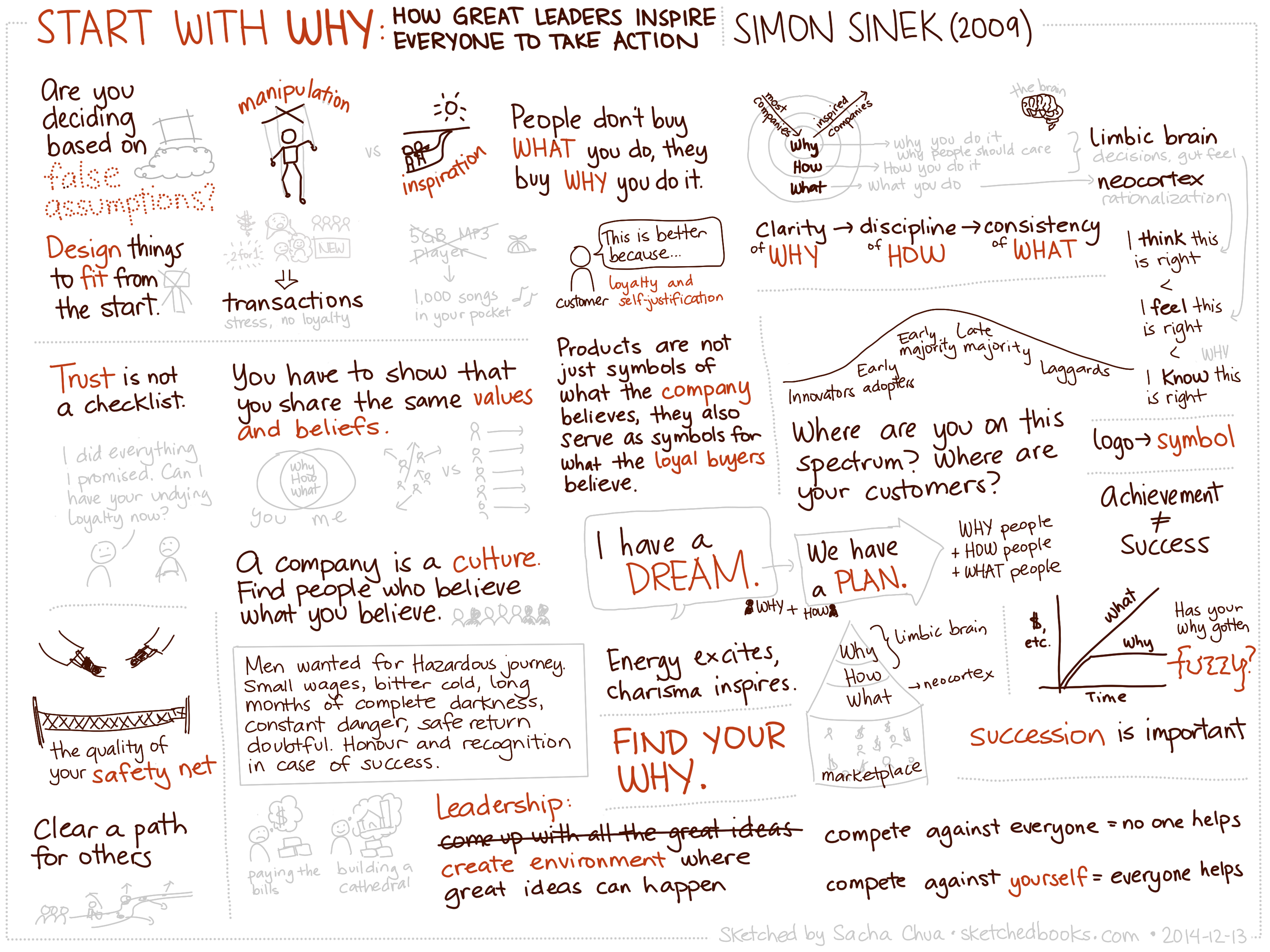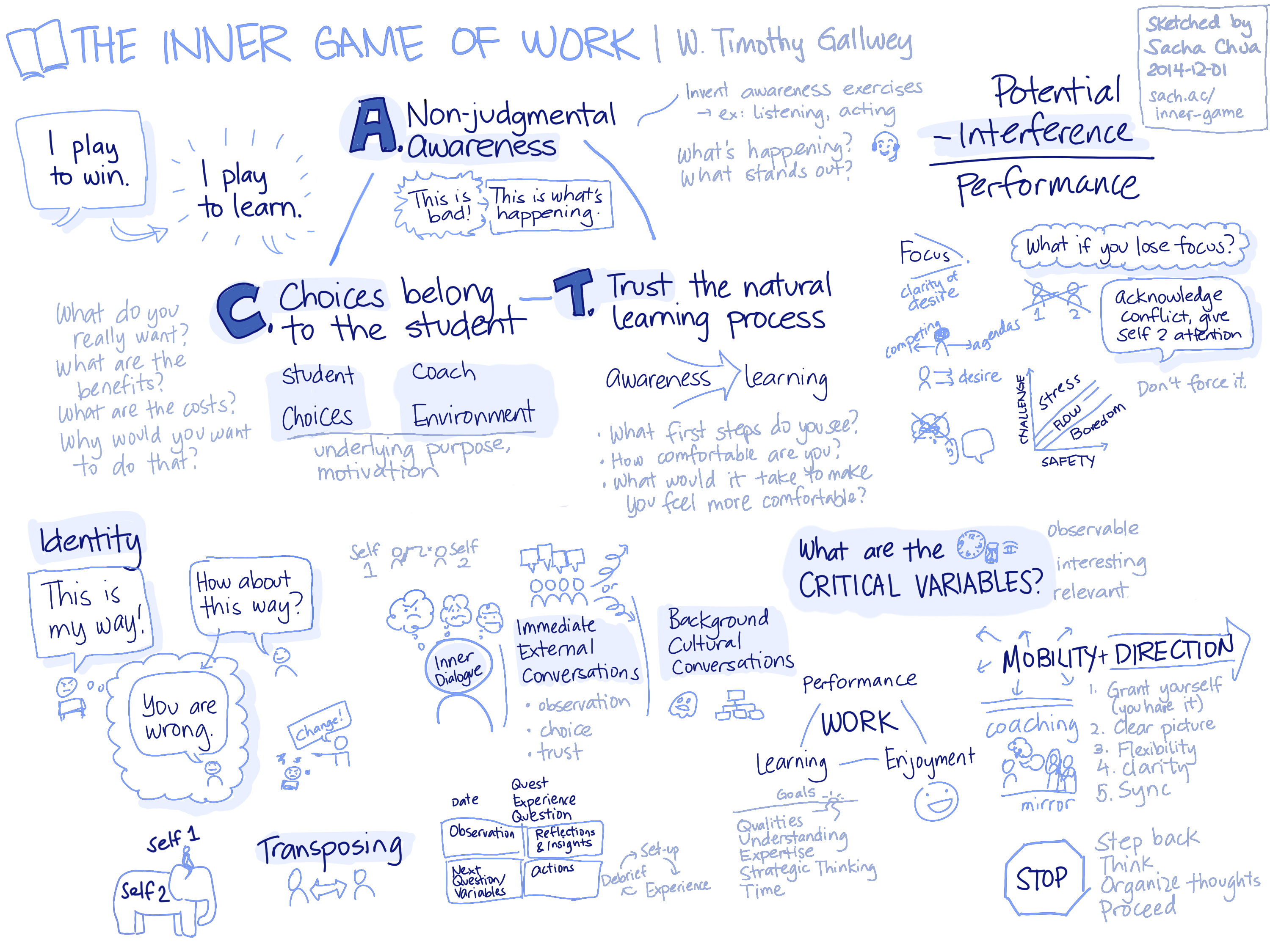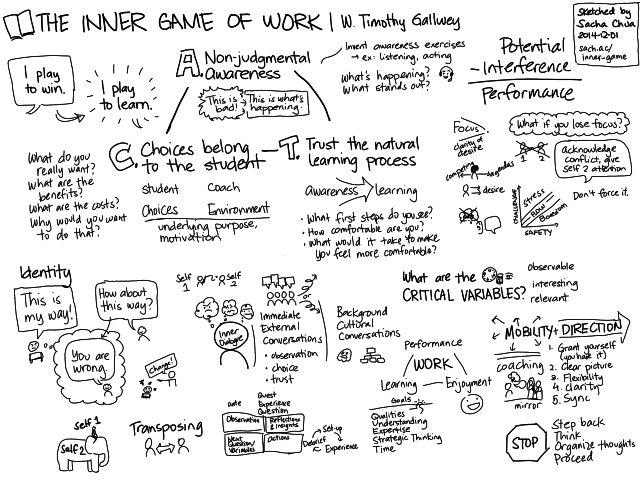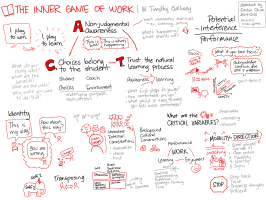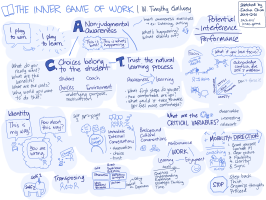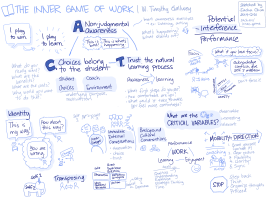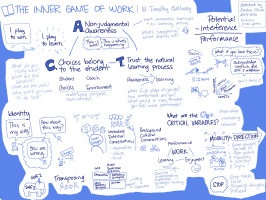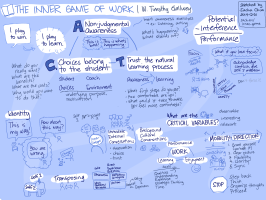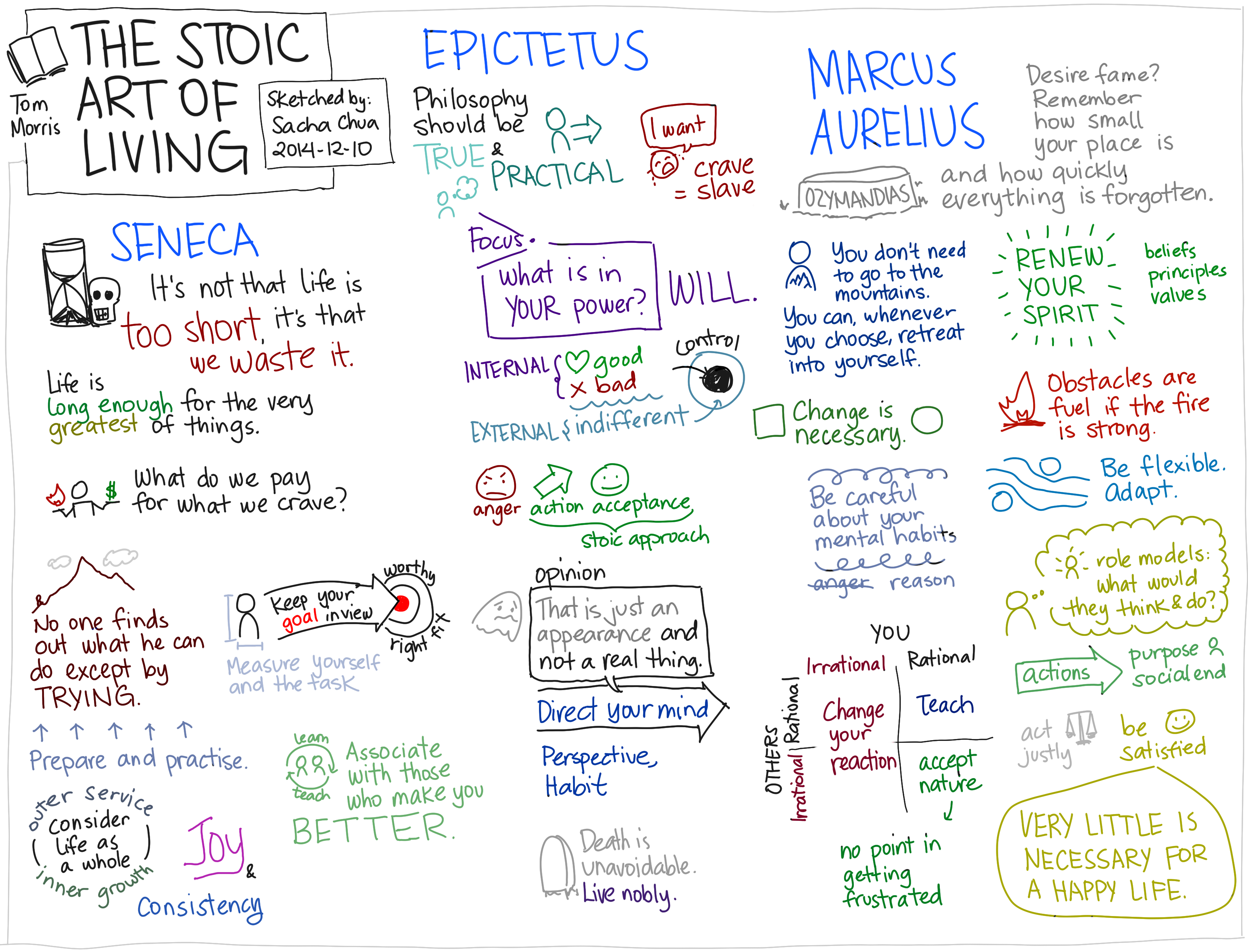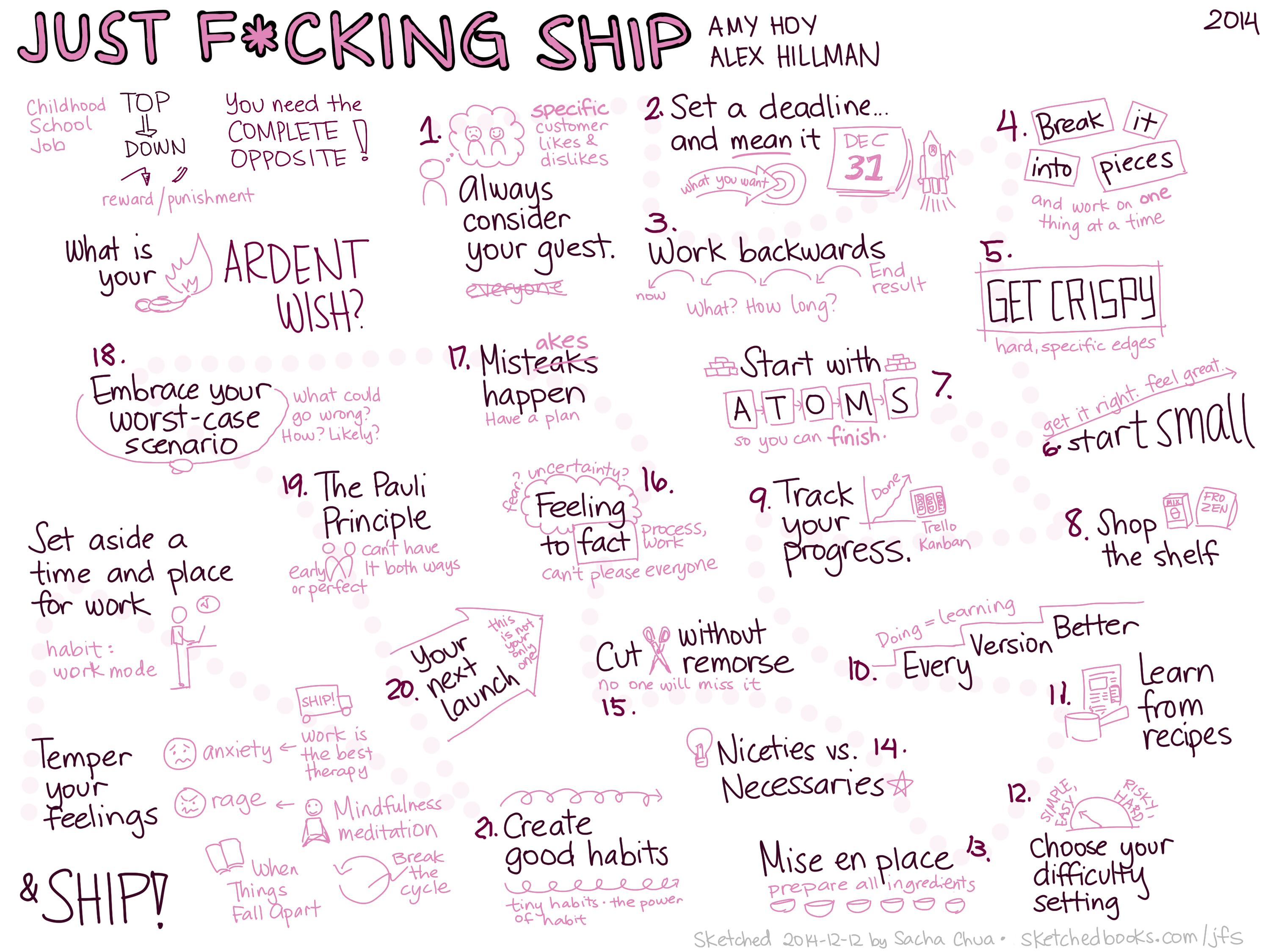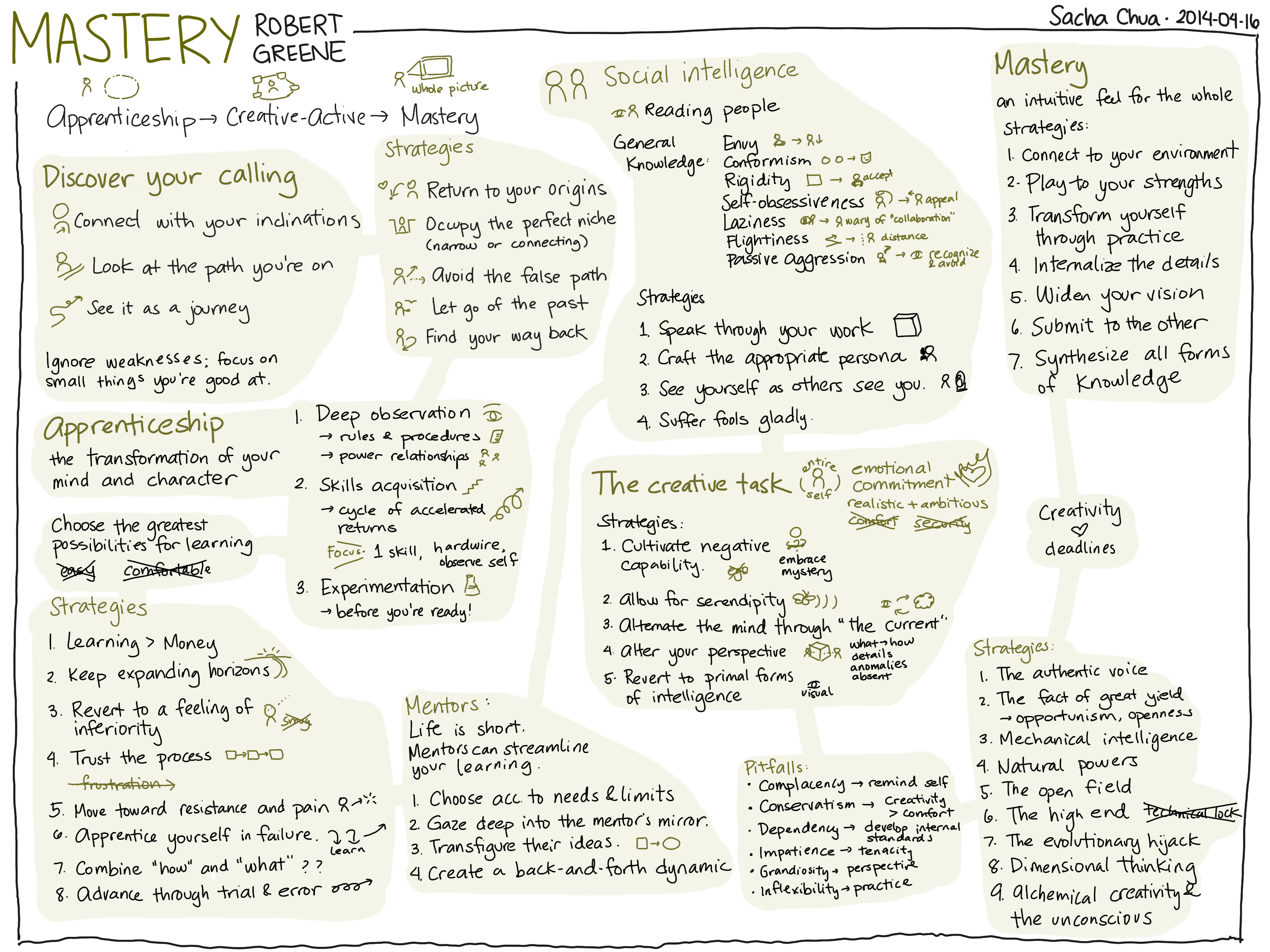Sketched Book: Start With Why: How Great Leaders Inspire Everyone to Take Action – Simon Sinek
Posted: - Modified: | purpose, visual-book-notesDo you talk about what you do and how you do it? Or do you start with why you do the things you do and why this matters? In Start With Why (2009), Simon Sinek writes about how great companies have a clear purpose and identity that inspires employees and earns customer loyalty. Here’s my sketch of the key points from the book so that they’re easier to review or share. Click on the image to view or download a high-resolution version that you can print.
What are my whys?
- Visual thinking
- My selfish reason for visual thinking is because I want to be able to learn, think, and remember more effectively, so that I can live a better life.
- My altruistic reason for sharing visual thinking is because there are lots of people who enjoy learning from drawings more than text or audio or video. I want to share how I’m learning, but more than that, I want to inspire people to take these techniques and use them for their own. From the resources I share, people can see that you don’t need to draw particularly well in order to use doodling as a way to explore the world or untangle your thoughts.
- Emacs
- My selfish reason for Emacs is because I have fun tweaking my editing environment and doing so helps me work better. It tickles my brain. In addition, helping the Emacs community thrive contributes to the longevity of Emacs, which means it will keep growing, which means I probably won’t have to switch to some other tool in the future. (Planning-ahead Sacha plans ahead!)
- My altruistic reason for Emacs is because I think something incredible happens when you take control of your tools, shaping them to fit your needs, expanding your imagination along the way. I want to help people become intermediate users and power users because I’m curious about what they’ll build for themselves and what they can share with other people. Also, the Emacs community has awesome people. =)
- Experimenting
- My selfish reason for experimenting (lifestyle, semi-retirement, business, ideas, etc.) is so that I can figure out what works well for me.
- My altruistic reason for sharing my experiments is to encourage other people to question their assumptions, look for ways to test their hypotheses, and gradually shape a life that fits them well. Come to think of it, it’s similar to why I like helping people personalize Emacs. If I can help people explore the possibilities in their life, we might come across interesting ideas along the way.
What are your whys? Why do you do what you do, and why does that matter?

